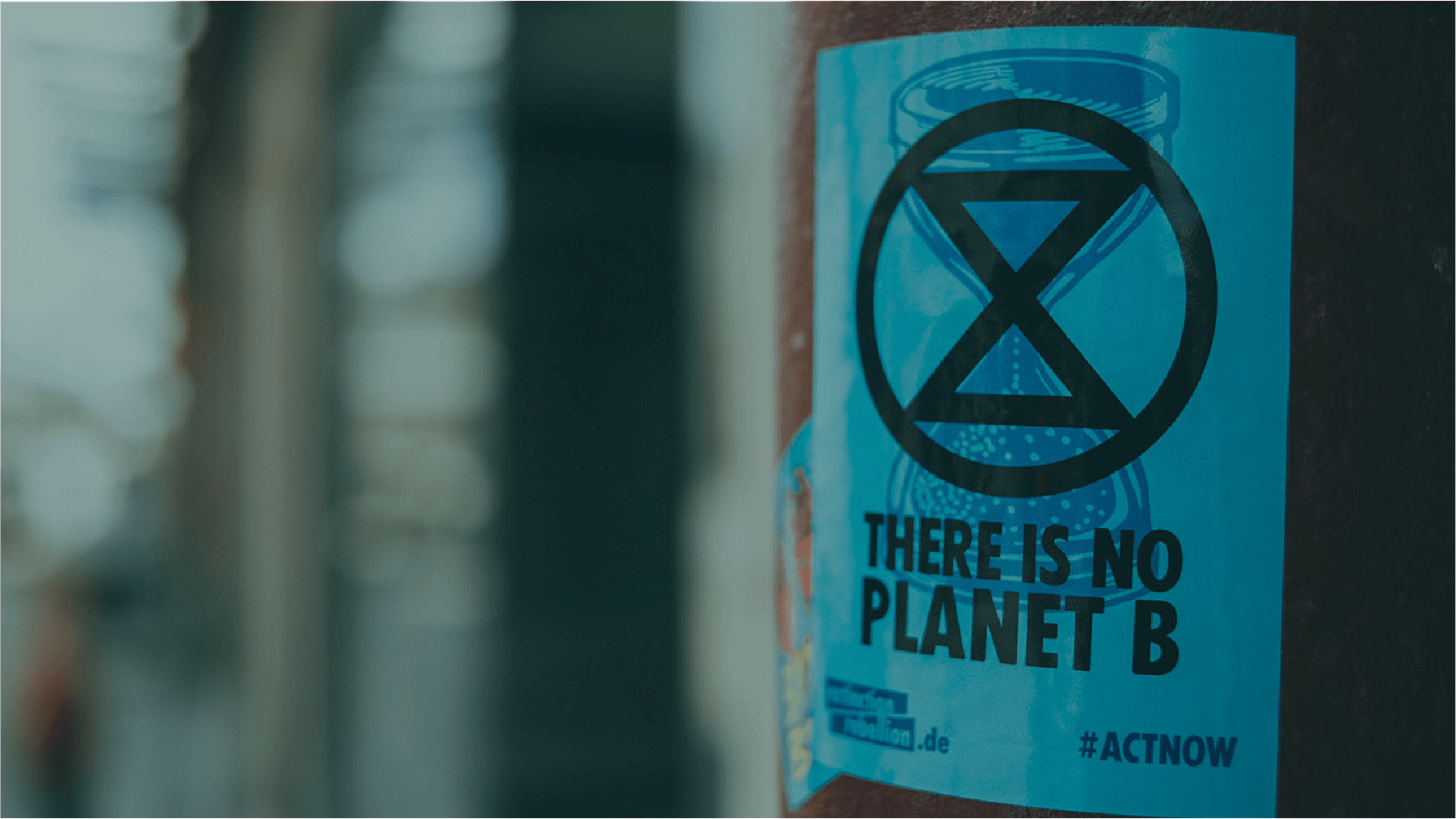How to use the Energy Justice Scorecard
You can use this Scorecard to evaluate existing or proposed energy policy. The Question in the left column should be used to evaluate how the policy scores on an energy justice indicator. The Score will range from 1 to 5 and should be indicated in the second column.
- A score of 1 means that the policy does not meet the requirements laid out in the question.
- A score of 2 means that the policy only partially meets the requirements laid out in the question.
- A score of 3 on the indicator means the policy somewhat meets the requirement.
- A score of 4 means that the policy mostly meets the requirement.
- A score of 5 means that the policy fully meets the requirement of the energy justice indicator.
The Explanation in the third column should be used to discuss why you scored the Question the way you did. This column will help to refine the tool for your own use and the use of other advocates and policymakers.
The Reference column should be the reference to the particular policy, process, conversation, web site or other source that provided the basis for the Score.
At the end, add up the Score. The Score out of 25 will give you, policymakers, and advocates a general sense for how the policy scores in comparison to a “perfect,” energy just policy. The Score is meant to catalyze action toward deeper considerations of justice within a particular policy area. As with many scales, this one is imperfect; however, it should provide a workable basis for advancing energy justice in the realm of energy policy. Further, it should offer an opening for discussion on how to advance energy justice in a particular policy area.

Energy Justice Scorecard
Scoring Key: 1 (No), 2 (A little bit), 3 (Somewhat), 4 (Mostly), 5 (Yes)
|
Question |
Score |
Explanation |
Reference |
|
(1) Process: Have marginalized communities participated meaningfully in the policymaking process with sufficient support?
|
5
|
|
|
|
(2) Restoration: Does the policy aim to remedy prior and present harms faced by communities negatively impacted by the energy system?
|
5 |
|
|
|
(3) Decision-making: Does the policy center the decision-making of marginalized communities?
|
5 |
|
|
|
(4) Benefits: Does the policy center economic, social, or health benefits for marginalized communities?
|
5 |
|
|
|
(5) Access: Does the policy make energy more accessible and affordable to marginalized communities?
|
5 |
|
|
|
Total Score |
/25 |
|
|
Photo Credits (in order of appearance)
1) Spiske, Marcus. There is no Planet B sticker on red post. Unsplash. https://unsplash.com/photos/DbwoDjKUiVE. accessed 5 December 2019.
